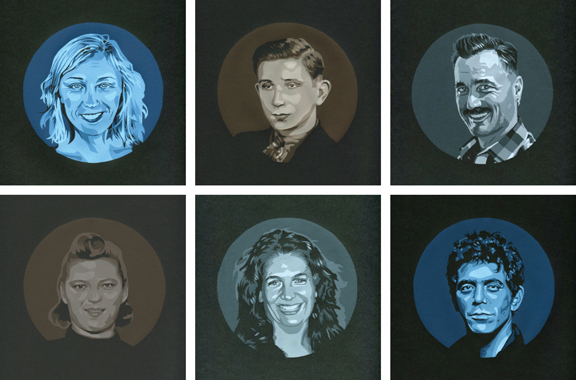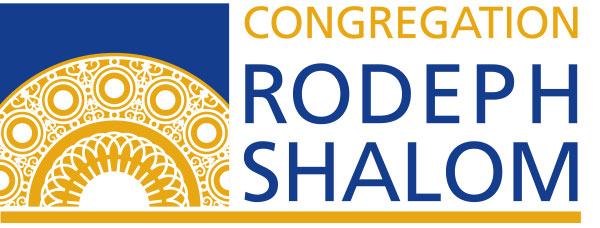 A continuing theme running through the book of Exodus is the coming and going of both Moses and God. After the lengthy drama of the Exodus, Moses disappears up the mountain and reappears to see the chaos of the episode of The Golden Calf. He is God’s corporeal messenger to Pharoah but absent from the discussion in Parashat T’tzaveh of the priestly responsibilities. God, too, is near when displaying signs and wonders in Egypt and splitting the sea, enabling the Israelites to pass to freedom, and also remote to the Israelites while Moses is up on the mountain receiving the law. Indeed, the whole discussion of the building of the Mishkan (tabernacle) through a great proportion of the book of Exodus revolves around the central question of how God will dwell among the people, so the Israelites understand that something that cannot be seen or touched can feel close.
A continuing theme running through the book of Exodus is the coming and going of both Moses and God. After the lengthy drama of the Exodus, Moses disappears up the mountain and reappears to see the chaos of the episode of The Golden Calf. He is God’s corporeal messenger to Pharoah but absent from the discussion in Parashat T’tzaveh of the priestly responsibilities. God, too, is near when displaying signs and wonders in Egypt and splitting the sea, enabling the Israelites to pass to freedom, and also remote to the Israelites while Moses is up on the mountain receiving the law. Indeed, the whole discussion of the building of the Mishkan (tabernacle) through a great proportion of the book of Exodus revolves around the central question of how God will dwell among the people, so the Israelites understand that something that cannot be seen or touched can feel close.
What does it mean to be present? What does it mean to have presence? Perhaps we best consider our most abstract questions through the abstraction of art.Continue reading
